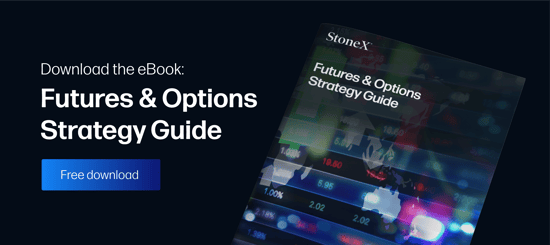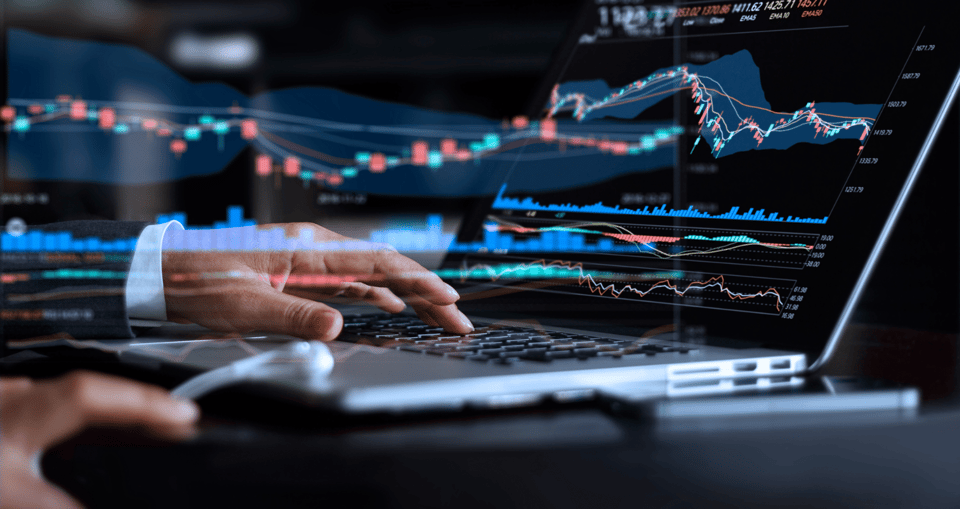Identifying and capitalizing on breakouts is among the most popular strategies for enhancing futures trading profitability. A breakout occurs when an asset’s price moves directionally outside of an established support or resistance level. The result is either a bullish or bearish pricing trend that can reward astute traders with extraordinary returns.
So how do you recognize a potential breakout before it occurs? Let’s take a look at three tips that can help you identify pending breakouts in a timely, accurate fashion.
1. Know Your Economic Calendar
Regardless of strategy, futures trading profitability hinges on managing risk competently. One of the key tenets of risk management is to understand how economic events can spike participation and become premier market drivers.
Fortunately, staying up to speed on scheduled economic events is not difficult. All you need to do is take a look at an economic calendar ahead of the forthcoming trading day. When you conduct this simple research, accounting for volatility stemming from economic events becomes routine.
At their core, breakouts are a product of increased participation. An influx of buyers can drive asset prices higher, whereas a rush of sellers can quickly sink any market. Economic events typically spike participation, thus creating ideal conditions for a breakout. When coupled with pertinent market technicals, capitalizing on momentum to the long or short can lead to lucrative breakout trading opportunities.
2. Understand Volume
Volume is the amount of a stock, currency, or futures product that is bought or sold during a given period. Volume is a key metric for measuring participation and, indirectly, order flow. The general rule of thumb with volume is this: The greater a security’s traded volume, the greater its liquidity.
As it pertains to futures trading profitability, volume can mean many things. To short-term traders, strong volumes are viewed as being positively correlated with trade-related efficiency. In the case of breakouts, either high or low volumes may play key roles in a pending directional market move:
- Low volume: Low trading volumes signal that a market is weak or “thin.” Subsequently, pricing is more apt to be moved by a sudden uptick in participation. Although low volumes are not ideal for breakout trades, they do open the door for directional “sweeps” in price.
- High volume: When it comes to breakouts, the higher the volume, the better. High volumes indicate that a directional move is likely to be strong, possibly sparking a prolonged trend. Heavy volumes before a breakout show that participation is robust and the stage is set for a pricing move; strong volumes after a breakout suggest extension of the trading range is imminent.
If you’re going to be a breakout trader, then volume will be an important strategic consideration. No matter whether volumes are low or high, understanding the potential impact on market behavior is essential to trading breakouts successfully.
3. Identify Market Compression
A market becomes compressed when prices consolidate or tighten within a periodic range. Subsequently, pressure builds as buyers and sellers battle for supremacy.
To illustrate the concept of market compression, imagine that you are filling a water balloon. When too much water fills the balloon, it bursts, releasing the pressure. Breakouts often occur in a similar fashion: As tensions between buyers and sellers reach critical mass, the pressure is released by the market breaking either up or down.
Compression may be identified in nearly any time frame and can be the product of countless fundamental or technical factors. One of the best ways to identify a compressed market is to study candlestick pricing charts. In many cases, chart patterns accompany consolidating markets and signal a pending breakout. A few of the most common are dogi, ascending triangle, and descending triangle.
The beauty of referencing chart patterns in search of market compression is that the process is user-friendly. A pattern is either present or it’s not; if it is, you can open a corresponding long or short position to boost futures trading profitability.
Your Futures Trading Profitability Depends on One Key Factor: You!
Make no mistake, trading profitably is a challenge that eludes a majority of market participants. However, if you master your own psychology and apply strategies such as breakout trading, success is within your reach.



